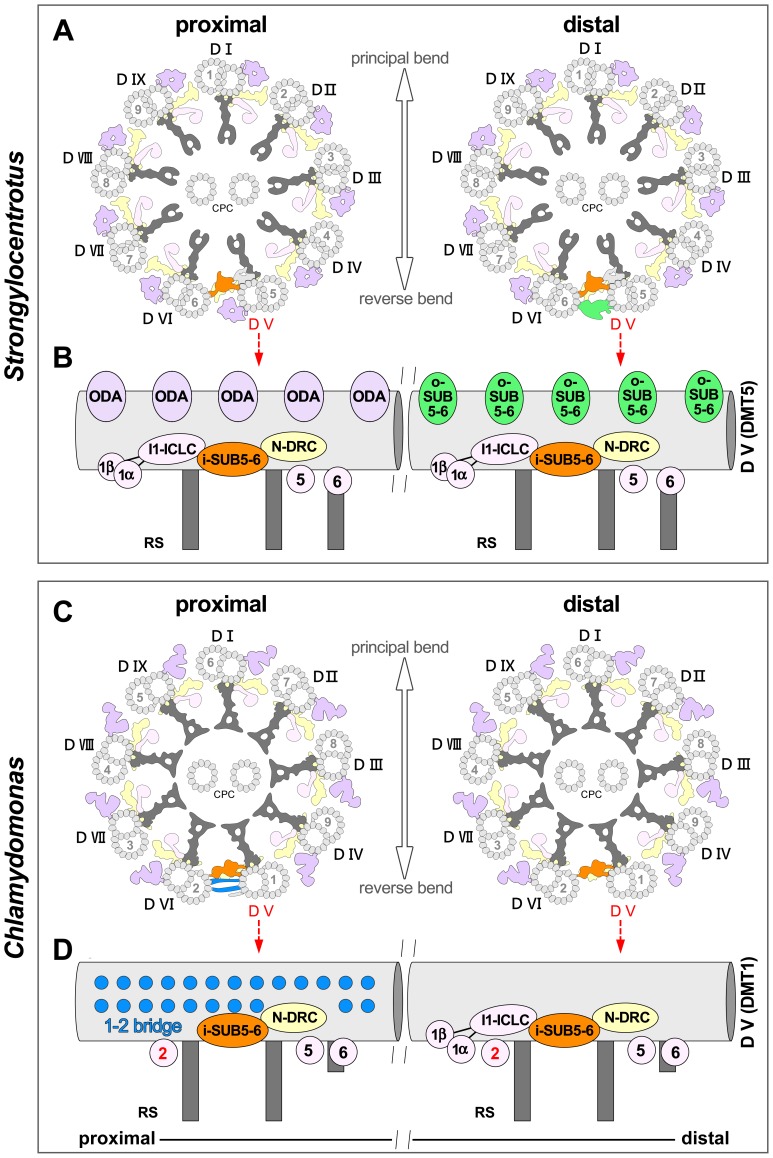Figure 6. Schematic models of the axonemes and doublets D-V from Strongylocentrotus and Chlamydomonas.
(A and C) Simplified diagrams of the axonemes viewed in cross-section from proximal correlate the DMTs from Strongylocentrotus and Chlamydomonas. A unifying numbering convention for the DMTs in eukaryotic 9+2 axonemes is used, based on the observed conserved structural features. This convention facilitates comparisons of DMTs among species and assigns the same doublet number to corresponding DMTs. The previously used numbering systems (Arabic numerals in B-tubules) are also depicted for comparison. Under the new numbering system, the conserved inter-doublet linkers of both species described in this study, are present only on doublet D-V (some of these features connect to D-VI). Double-headed arrows indicate the flagellar beating plane that runs through doublet D-I and between D-V/D-VI that are connected by i-SUB5-6. (B and D) The diagrams of D-V show longitudinal front views that summarize the conserved structural features. The i-SUB5-6 complex (orange) is present in every 96-nm repeat along the unique DMT D-V and links to the neighboring DMT D-VI. ODAs are absent from the distal 7/8th of Strongylocentrotus DMT D-V, and almost from the entire length of Chlamydomonas DMT D-V. However, additional inter-doublet links such as the Strongylocentrotus o-SUB5-6 complexes (green) or the Chlamydomonas proximal 1–2 bridge (blue) are present on DMT D-V, while several IDAs (IA2, 3, 4, and IAX in Strongylocentrotus; IA3, 4, and IAX in Chlamydomonas) are missing from this DMT.

